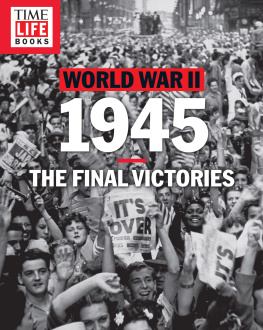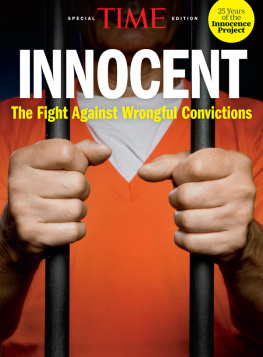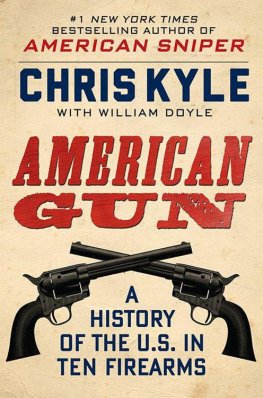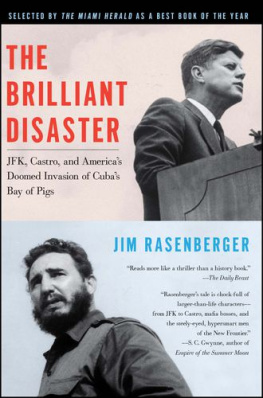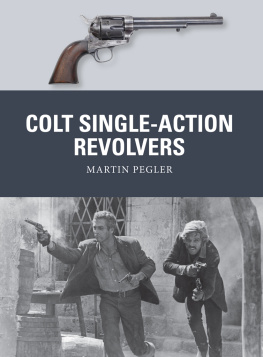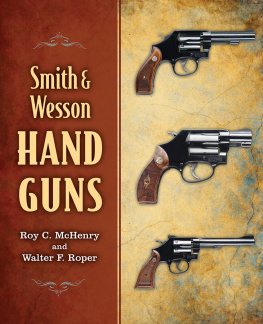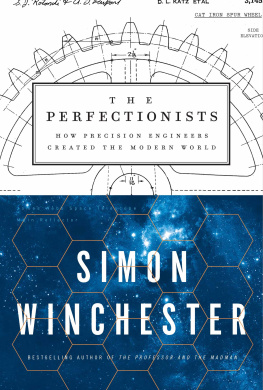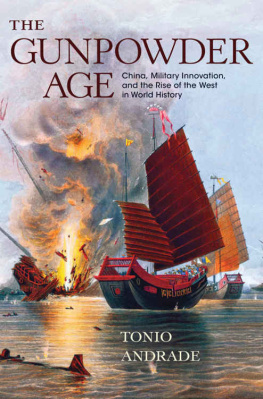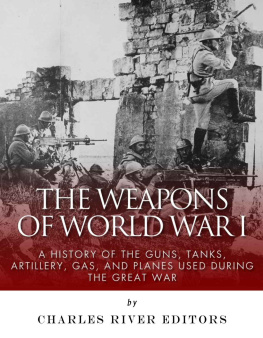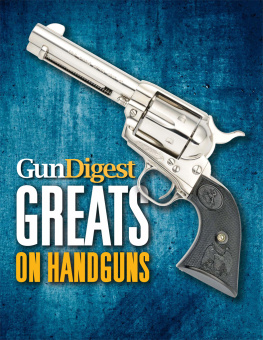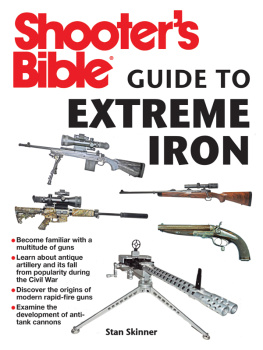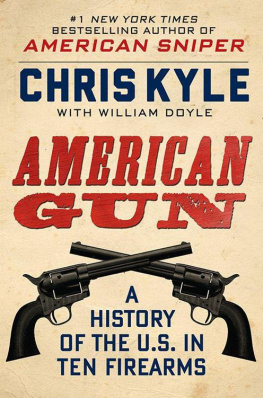Contents
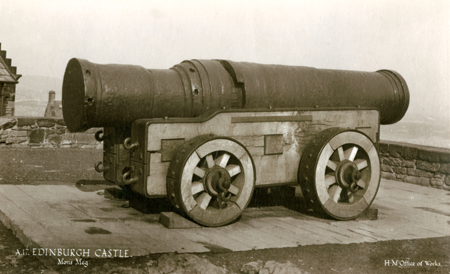
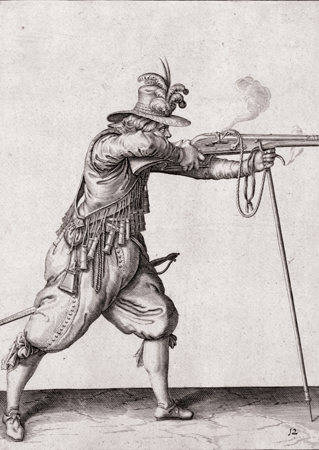
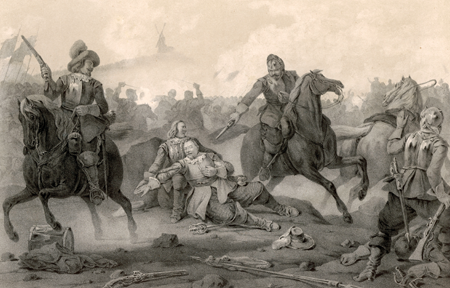
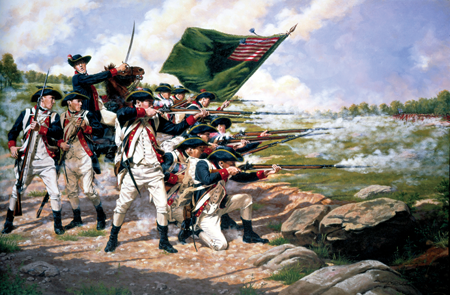
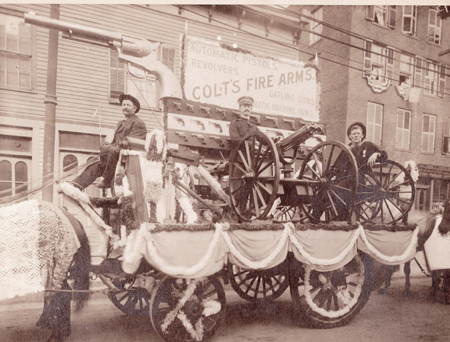

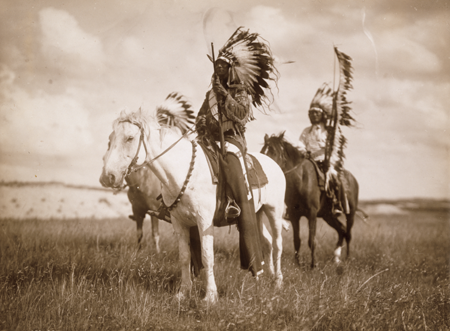
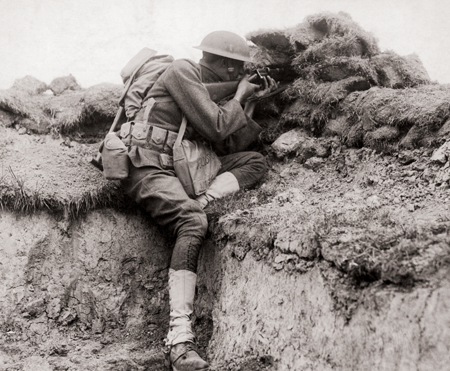

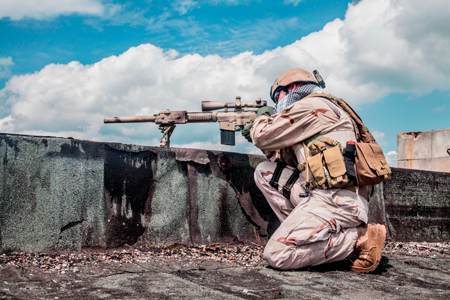

HISTORY OF THE GUN
IN
PHOTOGRAPHS

In May 1940, an M1941 Johnson was fired in a trial comparing it to the M1 Garand in Quantico Marine Depot, Virginia.
Introduction
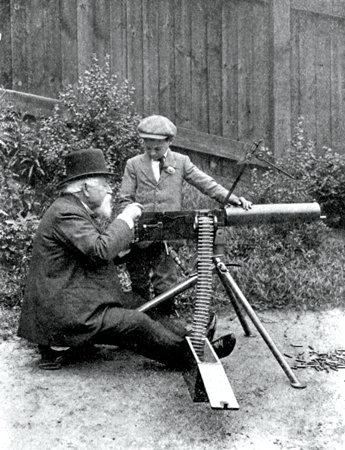
In 1910, Sir Hiram Maxim, inventor of the first fully automatic machinegun, showed the weapon to his grandson.
The past and present of firearms converge in the tiny southern Austrian town of Ferlach, just north of the Slovenian border. Gunsmiths there have crafted weapons since the 1550s, when Ferdinand I, emperor of the Holy Roman Empire, paid Belgian artisans to form a guild to take advantage of Ferlachs iron deposits and water supply. Ferdinand worried about more than hunting game; he feared the Ottomans and needed high-quality arms.
Today, the Ferlach tradition of hand-making guns continues in the atelier of gunsmiths such as Peter Hofer, whose wares are favored by the globe's elite. With eight assistants, who work on only 20 bespoke weapons at a time, the Hofer shop produces such wonders as the Hummingbird, a side-by-side rifle chambered for tiny .17-caliber rounds to hunt birds or small game. The walnut burl stock comes from an 800-year-old Turkish tree; gold-and-enamel birds flit against a backdrop of engraved-steel flowers. Depending on the details, prices begin at $250,000 and can exceed half a million dollars.
Around a few bends of Ferlachs narrow streets, an altogether different sort of firearm is manufactured. Taking advantage of the same local craftsmens tradition, the international pistol maker Glock GmbH runs a components factory. Sold worldwide for a retail price beginning at about $600, the Glock semiautomatic large-capacity handgun offers blunt efficiency. Its favored by law enforcement and millions of civilians, especially in the United States, where Glock has led a move away from wooden-and-steel revolvers like the Colt and Smith & Wesson toward the plastic black-matte-finish pistols now carried by two thirds of American police.
History of the Gun in 500 Photographs tells the fascinating story of how weapon technology evolved from the earliest cannon to more portable firearms to the advances of gunmakers like Samuel Colt, John Browning, Hiram Maxim, John Garand, Mikhail Kalashnikov, and Gaston Glock. It starts in the premodern age of swords and bow and arrow, when inventors experimented with mixtures that would eventually produce explosive powder. That powder in turn would propel projectiles through a barrel, travelling far beyond the reach of a man with a blade or spear, to fell foes (or dinner) at a great distance.
Bringing the story to life are stunning images and photographs allowing readers to experience the evolution up close, starting with changes to ignition systems, from the matchlock to the wheellock and its successor, the flintlock. The book traces the rise of sporting and hunting guns and how they led to the creation of pistols and revolvers and in time, repeat-firing and fully-automatic weapons. Of course, History of the Gun in 500 Photographs is not just the story of firearms as objects: It is a tale of how technology, politics, and warfare have intertwined over the centuries and the lethal role guns have played in conquering new lands, in the defense of ideals, and in quotidian civilian life. To that end, there are also images to illustrate guns being used on the battlefield, starting with artwork of the Hundred Years War through photographs of the Civil War and the deadly conflicts of the 20th and 21st centuries.
The history of the gun and the history of global culture clearly are interconnected. Since the first firearms appeared in the Middle Ages, new developments have reflected successive waves of human needs and ingenuity. History of the Gun in 500 Photographs is a visual record of these critical tools, the people who designed and used them, and the impact theyve had on our world.
BLACK POWDER, ALCHEMY, AND BOMBARDS
THE EARLIEST WEAPONS WERE DEFINED BY HUMAN STRENGTH AND INGENUITY. THEN CAME THE DISCOVERY OF A HISTORY-CHANGING CHEMICAL REACTION.
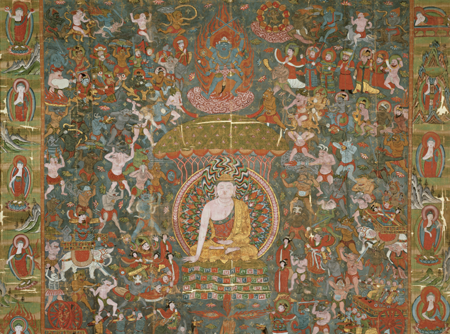
A painted silk banner from the 10th century shows Buddha being attacked by demons, one of whom is holding a gunpowder tube.
An Explosive Power
THE EXACT ORIGINS OF GUNPOWDER ARE UNCLEAR. BUT EARLY TAOIST TEXTS REFER TO INCENDIARY POTIONS CREATED BY ALCHEMIST MONKS.
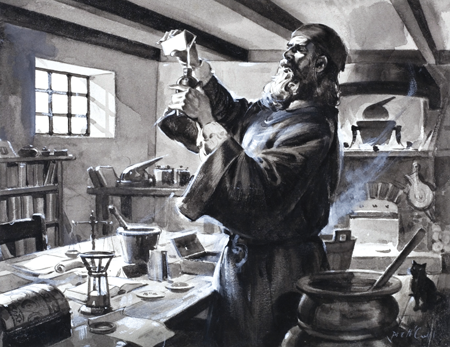
The story of firearms begins with chemistry: the invention of gunpowder.
For millennia men expressed hostility by hurling hard objects at each other and stabbing foes with sharpened sticks. Ancient armies besieged enemy castles by harnessing mechanical ingenuity. They launched waves of flaming arrows, enormous stones, rotting animal carcasses, and even stinking loads of excrement.
But the discovery, possibly in 10th-century China, that combining charcoal, potassium nitrate (or saltpeter), and sulfur could cause explosions and, if properly channeled, send matter flying with deadly effect, changed the course of conflict.
Alchemists Searching for Immortality
The exact timeline of the development of black powder is unclear. But Taoist texts from the ninth and 10th centuries include references to the incendiary properties of potions created by alchemist monks. Some sustained burns and there was at least one report of a workshop going up in flames. For the monks, it was a hazard of searching for an elixir yielding immortality. For some of the holy mens contemporaries, however, the black powder may have suggested a way of limiting mortality, rather than extending it. It is believed that Chinese of the era had the idea to use black powder in rudimentary bombs, grenades, and land mines against invading Mongols. The Mongols, in turn, are thought to have carried knowledge of black powder across Asia, spreading it through the Middle East and on to Europe.
Next page


